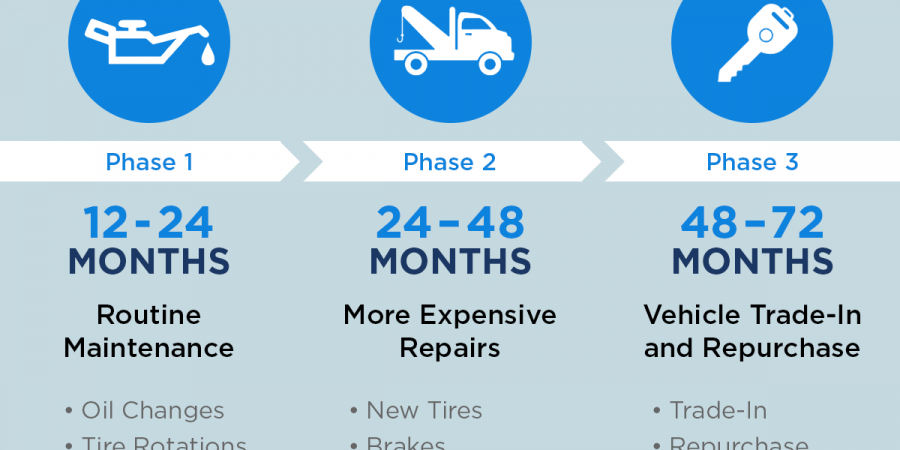Service Department Pay Plans: Is It Time for a Change?
Does your existing service department pay plan line up with your current dealership retention goals?
Or are you only keeping that pay plan structure in place because you don’t want to deal with the hassle (and employee complaints) of reworking it?
Over the last twenty years, we’ve had the pleasure to meet and work with thousands of franchised auto dealership service departments and their staff. And, it’s safe to say that during the installation and training of a complimentary maintenance program, the reaction of the service advisors and managers will usually provide a glimpse into conflicts with their existing service pay plans.
There are three common objections and misconceptions that keep dealers from successfully implementing a customer retention strategy at their dealership. Maybe they’re the same issues running through your mind, so join us as we confront these problems head-on.
The Most CommonMisconception
The first and biggest misconception we hear from auto dealers and service staff nationwide is “I don’t make money on oil changes”.
We get it, many service managers and advisors don’t like oil changes and other regular maintenance because these services are inexpensive, inconvenient and slow down repair time on larger orders — making it difficult to turn larger, more profitable repairs around quickly. Because of their pay plans, service staff tends to see oil changes or “one-line repair orders” as an inconvenience and a barrier to the higher-paying jobs they’d much rather be performing.
We’ve had countless dealerships who’ve tripled the number of service customers due to the implementation of a Certified Maintenance® complimentary maintenance program, but their service staff are upset and complain about it because they see these jobs as a loss to their paycheck.
Why is that? It’s simple. It’s because their service department pay plans are not structured to support a customer retention program. Dealerships who claim they don’t make money on oil changes are still using old legacy pay plans that are set up to treat oil changes as a penalty.
There’s a better way. If your dealerships are serious about improving customer retention, then you need to create a pay plan structure that will support customer retention.
A Customer-Centric Approach
Take a look at your existing pay plan incentives. Chances are, service staff is rewarded with bonuses for quantity rather than quality.
But what if you created a Customer-CentricPay Plan Structure that’s focused on CSI incentives rather than on upsell incentives like your current approach? What if your customers were rewarded for more happy customers, a positive CSI score and higher net promoter scores?
Wouldn’t you get buy-in from your service staff while also improving your customer retention rates?
The answer is yes. If you’re looking to improve your customer retention and to get your service staff on board, then you’ll need to make some changes to your old legacy pay plan to make it more customer-centric. The key to a successful retention strategy is to have a proper payment plan in place to support it. Otherwise, you’re probably creating some upset internally.
The truth is, your dealership can — and should — be making money on oil changes. Individuals and businesses who say otherwise are focusing only on short-term profitability and are failing to see the opportunities these routine maintenance visits provide in the near future.
Effective Pay Plan Strategies
Don’t drag your feet on this issue or attempt to side-step it, your customer retention success depends on it. Read this article to learn how to create an effective pay plan strategy that promotes positive CSI scores. Or, if you’re ready to reevaluate your pay plan structure, book time on my calendar to discuss your existing payment plan and get advice on how to improve it.


